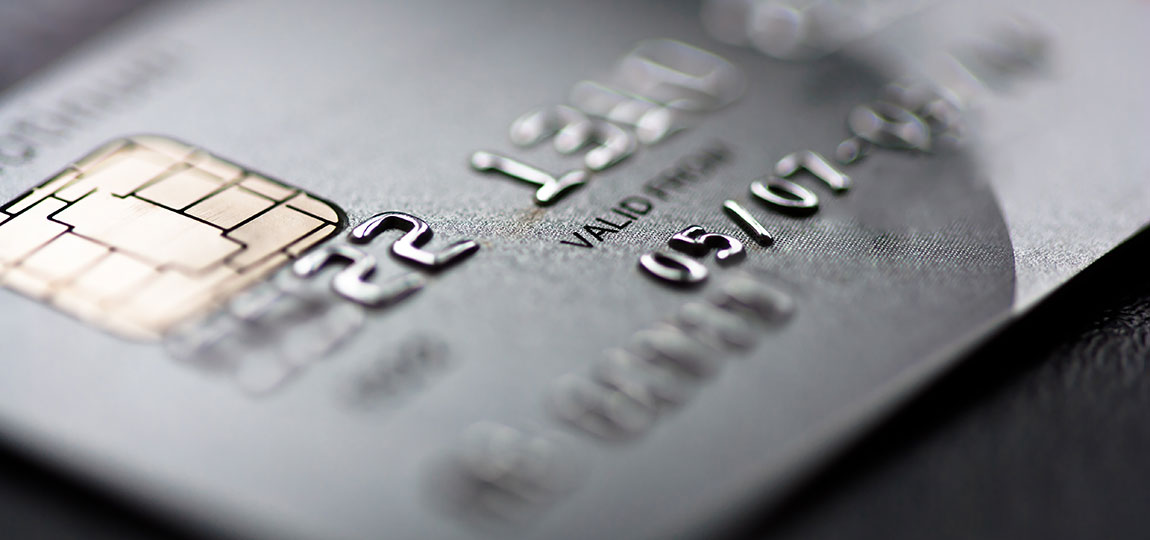It wasn’t that long ago when few, if any, people in the U.S. knew what a chip-enabled card was. Today, millions of these cards are now in circulation across the nation, much to the disappointment of fraudsters.
That’s because chip-enabled debit and credit cards make it a lot more difficult for crooks to steal data, especially compared to their older cousins – magnetic stripe cards. The technology used for each type of card is what makes the difference.
Chip-enabled cards take advantage of EMV technology. EMV stands for Europay, MasterCard and Visa – a global standard for credit and debit cards. All Bank5 Connect debit cards are now equipped with EMV chips for added security.
Older cards that lack chip technology have their data embedded in the magnetic stripe on the back of the card. The problem is, that this data doesn’t change from one transaction to another. This means that if a thief happens to steal the data during an in-person transaction (by using a card skimmer, or installing malware on the cash register system) they can then turn around and create counterfeit cards with the stolen data.
Each time a chip-enabled card is used for payment in a chip reader however, the card’s chip creates a unique transaction code that cannot be used again. So if a thief creates a fake card based on transaction information stolen from a chip-embedded card, the fake card will be denied because the information will be outdated.
The process of inserting a chip-enabled card into a chip reader is called card “dipping”, as opposed to the “swiping” method used for magnetic stripe cards. If you’ve used a chip reader, you may have noticed that the transaction takes a few seconds longer than a card swipe. This is because when a card is “dipped”, information has to flow between the chip and the financial institution that issued the card in order to verify the card and create the unique transaction data. But, this slightly longer transaction time is well worth the additional security!
Since the switch to EMV chip technology began in the United States in October 2015, it’s estimated that 40-60 million chip-enabled cards have replaced magnetic stripe cards. Bank5 Connect alone has issued thousands of chip-enabled debit cards to its customers.
Unlike Europe, where EMV cards have been in use for many years, it’s going to take some time before chip-embedded technology is fully in place across the U.S. A major reason for the slow switchover is the cost involved with creating the new cards and installing the equipment needed to read them. The good news is that chip-enabled cards are still equipped with a magnetic stripe on the back of them, so if you happen to be checking out at a retailer who hasn’t yet installed a chip reader, you can still pay for your purchase with a good old-fashioned card swipe.
While chip-embedded cards provide an added defense against fraud, there are still ways that thieves can get their hands on your card information. Keep in mind that the card still has a magnetic stripe, and any purchases you make with a “swipe” do not utilize the chip’s security benefits. And it’s still possible to lose your card, have it stolen, or have it compromised during an online purchase. Because of this, it’s always wise to monitor your bank statements and card activity on a regular basis. If you suspect someone has used your card fraudulently, you should immediately alert your bank or the financial institution that issued your card.
